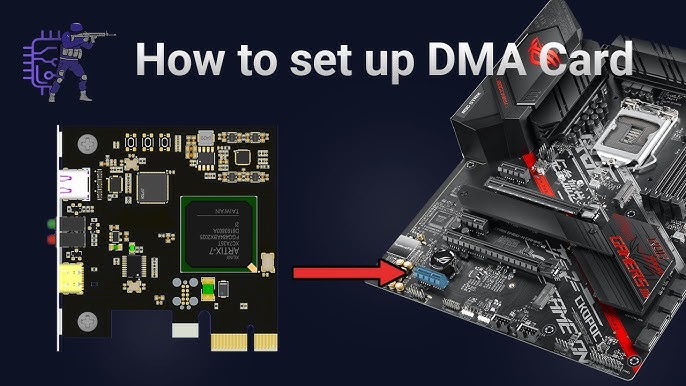Neural networks are the foundation of artificial intelligence (AI) that mimic the human brain’s architecture for processing and analyzing complex data. These advanced systems have revolutionized many fields, ranging from image recognition to natural language processing, through the process of learning patterns and predicting future events. We’ll take a deeper look at the basic principles of neural networks as well as their pivotal function for artificial intelligence.
The fundamental idea behind neural networks are created to mimic the way in which the human brain functions. They are composed of multiple nodes interconnected also known as neurons which collaborate to process data. They usually have an input layer, one or more hidden layers, and one or more output layers. Each neuron within the layer is connected to neurons in the subsequent layer through connections with weighted weights that are altered during the process of learning.
How Neural Networks Work
Neural networks operate by processing input data through these layer of neuron. Initially, the network receives input data that is then transmitted through the network’s layers. Every connection between neurons has an associated weight that determines how input data transforms. The network uses a mathematical function, known as an activation function, to determine if a neuron is activated or not.
In the phase of training during the learning phase, the network is taught by changing the weights of these networks based on the error between the predicted output and the real result. This is accomplished through a process called backpropagation. The error is propagated backwards through the network, adjusting weights to minimize the error in future predictions. The process continues to repeat until the predictions of the network are aligned closely to the actual results.
Types of Neural Networks
There are a variety of neural networks that cater to different tasks. Feedforward neural network, the most basic form, permit data to flow in one direction – from input to output. Convolutional neural network (CNNs) have a great track record in processing and recognition of images by capturing spatial hierarchies of images. Recurrent neural networks (RNNs) are adept at handling sequential data like natural language or time-series through the maintenance of a type of memory.
Applications and Impact
The applications for neural networks are extensive. In healthcare, they aid in diagnosing illnesses by analyzing medical images. In finance, they predict market trends. When it comes to autonomous vehicle, they facilitate real-time decision-making based on sensors. In addition neural networks power personal assistants such as Siri and Alexa and enhance users’ experience via natural language understanding.
Challenges and Future Directions
However, despite their strengths, neural networks face difficulties, such as the requirement for massive amounts of data as well as significant computational resources. Additionally, interpretability remains a issue and understanding how neural networks take decisions is often a mystery and opaque.
Future of neural networks is solving these problems through improvements in hardware, algorithms, and other techniques such as the ability to explain AI. As the research advances, neural networks are set to increase their power and driving innovation across a variety of areas.
In the end, neural networks are the brains behind many artificial intelligence (umělá inteligence) applications today, embodying an important leap in the development of machines that can learn and change. As technology advances, neural networks’ potential for shaping the next generation of AI is boundless.



